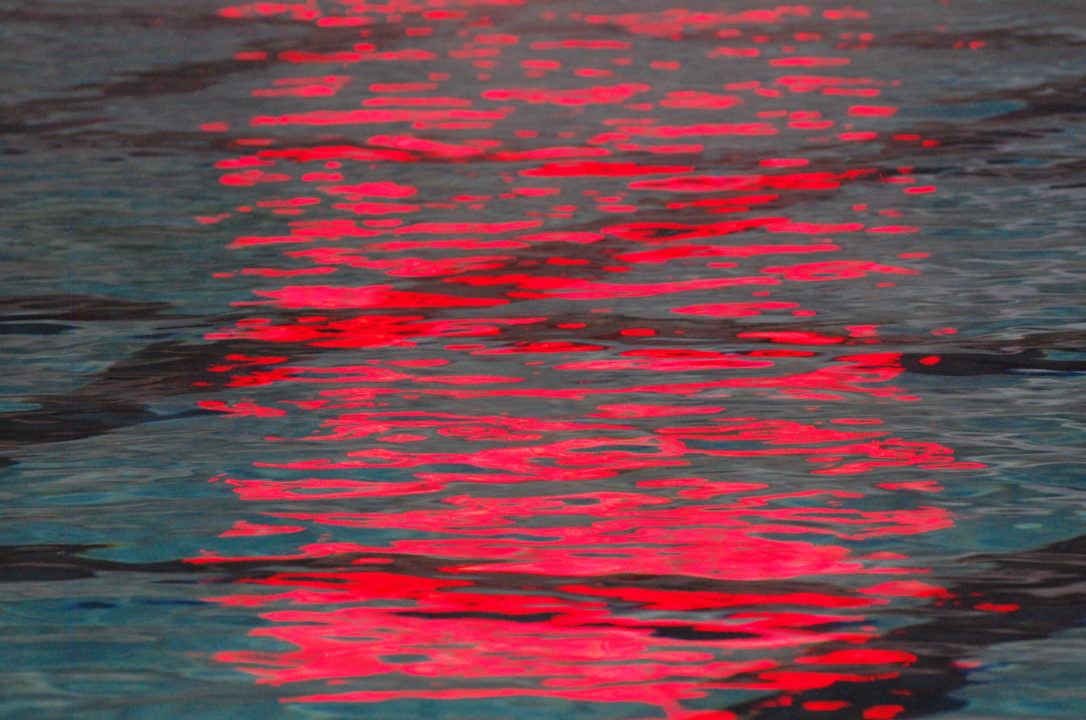2017 Can-Am Para-Swimming Championships
- March 31-April 2, 2017
- Selection Meet for 2017 World Championships (along with Rio 2016 Olympics)
- 50m course
- Multi-class
- Windsor, Ontario, Canada
- Decoding the Classification System
- Live results
A pair of Canadian Records were broken on the first night of the 2017 Can-Am Para-Swimming Championships in Windsor, Ontario, Canada on Friday night. The record-setting swims came in back-to-back events, both in the S14 category.
In the women’s 200 free, 17-year old Angela Marina swam a 2:23.08 – the fastest time of any class in the meet. That breaks the old record of 2:23.50 set at this same meet in 2013 by Kirstie Kasko.
Not long thereafter, Tyson MacDonald swam a 2:00.81 to win the men’s 200 free for the S14 class. That broke Dalton Boon’s 2014 record of 2:03.45 by 2.5 seconds. Dalton also holds the 100 free record – set 3 weeks ago at the Ontario Provincial Championships.
While most of the biggest name from both teams skipped this meet, the USA Resident Team did compete, and that means so did Leanne Smith. She swam a 49.44 in the 50 fly to win the S4 Class and also break her own American Record in the process. The old record was a 49.46 that she did 3 weeks ago at the inaugural Para Swimming World Series in Copehagen. In that meet, she controversially swam faster than the American Record in prelims as an S3, and then was reclassified to an S4 in finals and did the same in her new classification. Her S4 record has been recognized, though her S3 swim has not.
While the meet has historically been between Canada and the United States, a group from Mexico also traveled for the meet. That included Vianney Trejo Delgadillo, who won the women’s 400 free for the S6 class in 5:52.14 – over 20 seconds better than her next-closest competitor.
In the men’s version of the same race, American Record holder Zachary Shattuck won in 6:13.04 – almost 20 seconds worse than his own National Record.

It’s all as clear as mud. Classification is the relationship between impairment and the impact on swimming. So they keep telling us. So of course it makes sense to us to see the IPC move a swimmer down 3 classes, originally 4 and watch said athlete churn out pb after pb. Classes S2-S4 should demonstrate no leg or trunk ability but variable upper limb ability. The less impaired upper limbs being S4, more impaired S2.
Too soon to blame the Aussies & their S4 rookie superstar Watson for this one? Very similar outcomes for both countries/athletes.
Exactly Ted. No one should blame Watson or Smith. They did nothing wrong nor did their countries. They both had a change in condition, a major one at that and have obviously been classified according to ability in the water. I think people are debating this so much because we haven’t seen a swimmer move from a highly functional class to a much lower severely impaired class in a long time. Both were just doing a bit of swimming here and there whilst very functional it seems. People need to stop blaming them, you don’t know them, neither do I but obviously the classification system needs some sort of revamp. I heard Watson can’t even get out of bed without… Read more »
So Watson was classified as an S4 nationally, a year or so after onset of condition, whilst apparently improving according to a blog and then classified as an S4 internationally a year or so later. Well, it would appear she obviously hasn’t really improved much despite apparent intensive physio because if she did she would be a higher classification. No one to blame, I think Watson just needs to get realistic and not hold onto false hope. So what that there is fluctuations in her times. Neurological conditions will have that impact. So as you can she she fits into the classification system. So does Smith. Eyes will be on them both anyway. No problem. As for a few others,… Read more »